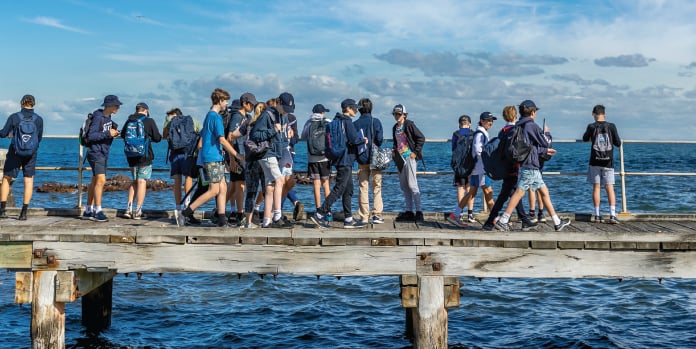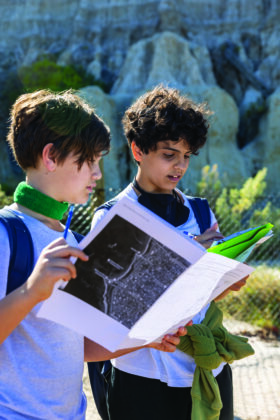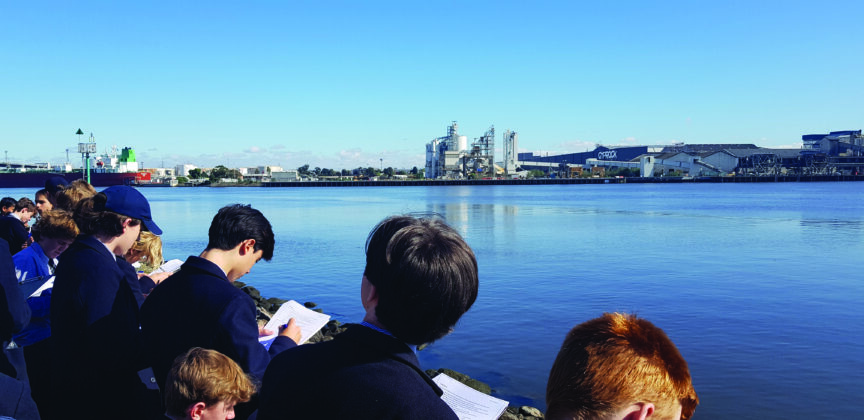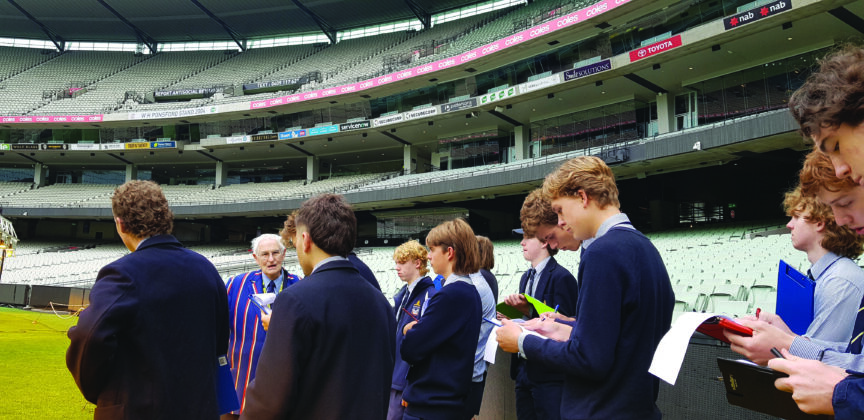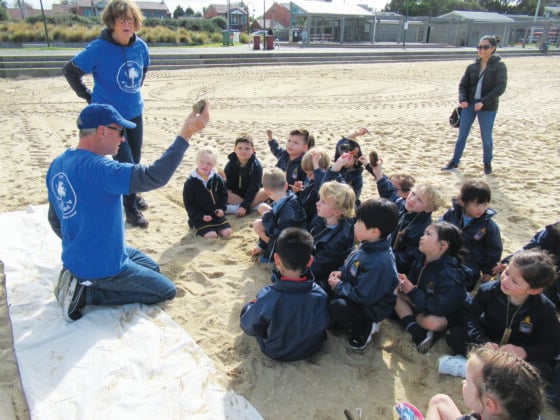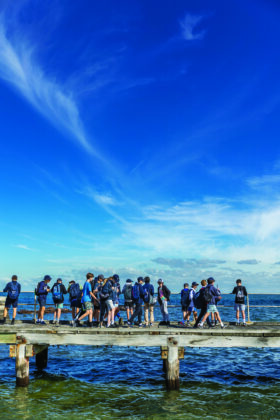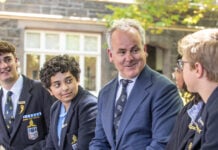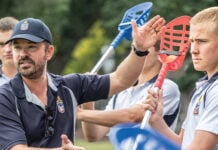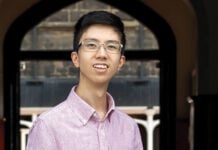When we study Geography, we are interested in much more than markings on a map.
Geographers want to understand the relationships between people and their environments, the movements of human societies, and whether there are opportunities to improve the world around us.
Each year, from Prep to Year 12, Melbourne Grammar students approach these issues from new vantage points. A vital part of this learning happens outside the School gates.
“Through fieldwork, we’re able to bring classroom ideas to life,”
Amanda Smith, Head of Geography in the Senior School.
“At Melbourne Grammar we can take advantage of our urban location to spark that lightbulb moment when classroom theory becomes real,” adds Amanda.
In Prep, our students have their first taste of fieldwork through the “Eco Warriors” excursion to Sandridge Beach—an important introduction to sustainability and community responsibility.
By Year 2, students are discovering urban farms with a visit to CERES Community Environment Park and traveling to Werribee Park Zoo to learn about habitats. Other year levels at Grimwade House have similar age-appropriate experiences.
The themes of interconnectedness and environmental care return throughout the geography curriculum in upper levels. For example, in Year 8, Wadhurst students investigate coastal erosion at Black Rock and Half Moon Bay, asking questions about human impact on the environment and our efforts to protect it.
Senior School fieldwork includes local trips to the nearby Botanic Gardens to examine desert and rainforest environments first-hand, to the Port of Melbourne to see how trade connects us to the world, and to Docklands to discover how the area has changed over time. Students even have the opportunity to stand on the turf at the MCG while assessing accessibility and the impacts of tourism.
In the past Year 11 students have also travelled further afield to Phillip Island to study the impacts of tourism on a fragile environment, and to Marysville to study the impact of the 2010 bushfires on both the environment and people.
“Experiences like these bring the real word to the students,” Amanda says. “They’ll meet people who work as climate change scientists, supply chain managers, and urban planners. Suddenly, what we’ve been learning in class will click.”
Year 11 Geography student Ryan Evans finds fieldwork to be an essential part of his learning. “I can remember going to the Western Treatment Plant in Werribee when I was in Year 5 at Grimwade House,” he says. “You get a much better perspective of the scale of operations when you actually visit a place. It can be hard to grasp that in a classroom setting.”
“When we went to Melbourne Park earlier this year, I expected the grassed areas where cars park outside the MCG to be quite swampy, but it wasn’t. It was well looked after. I was surprised that the areas where people walked were actually more degraded. I would never have realised this without seeing it for myself,” adds Ryan.
For Amanda, the study of Geography is always connected to a larger conversation. “I want our students to appreciate their local environment, and that we have the advantage of being able to go out and experience the world around us on a regular basis,” she says. “But the ultimate goal is that students begin to see themselves as global citizens.”
